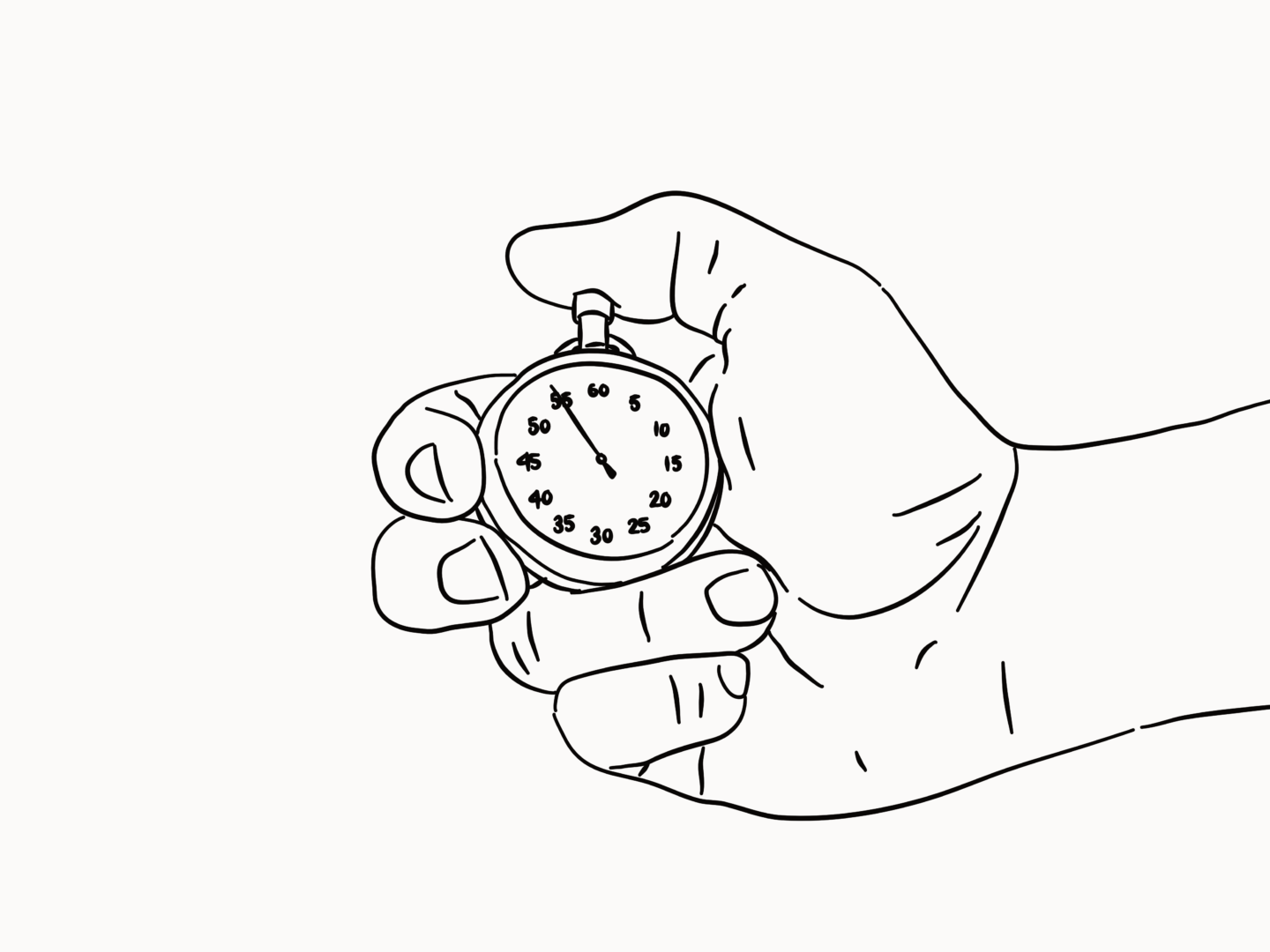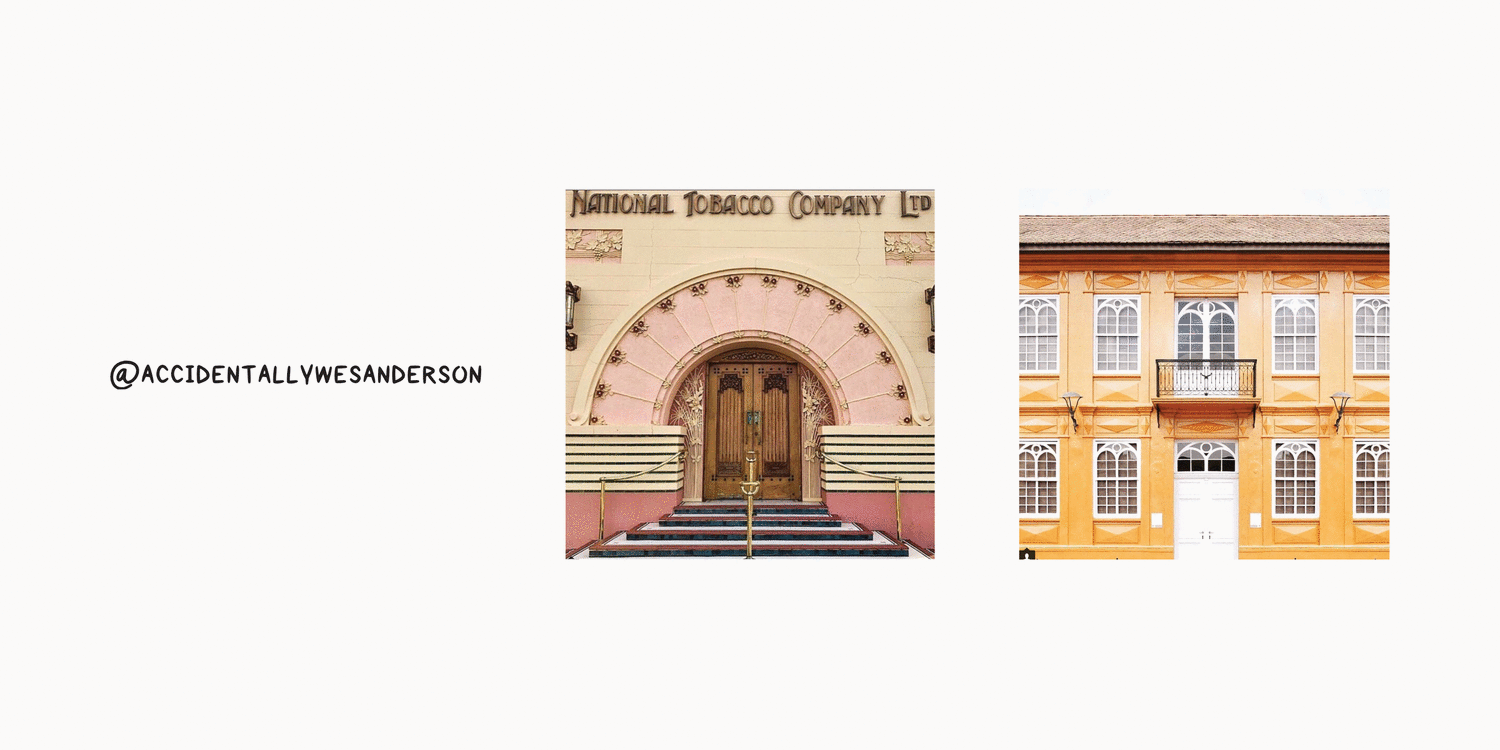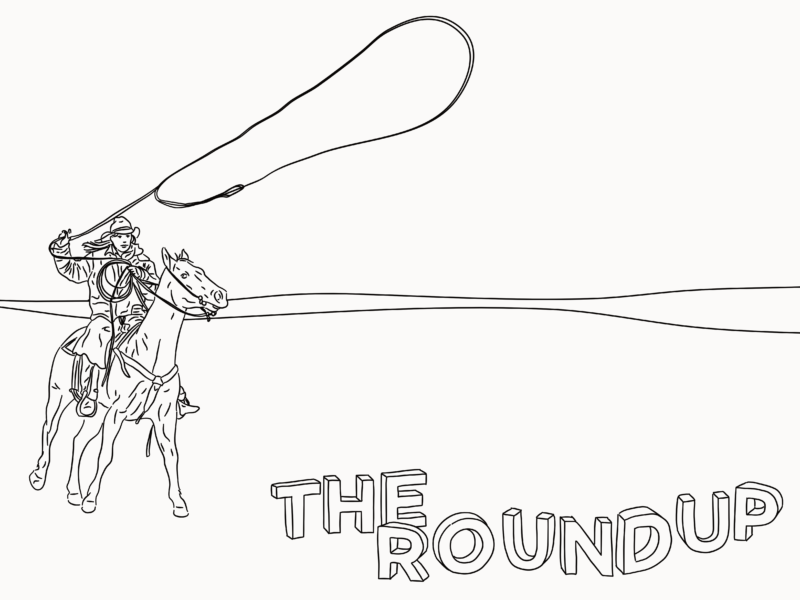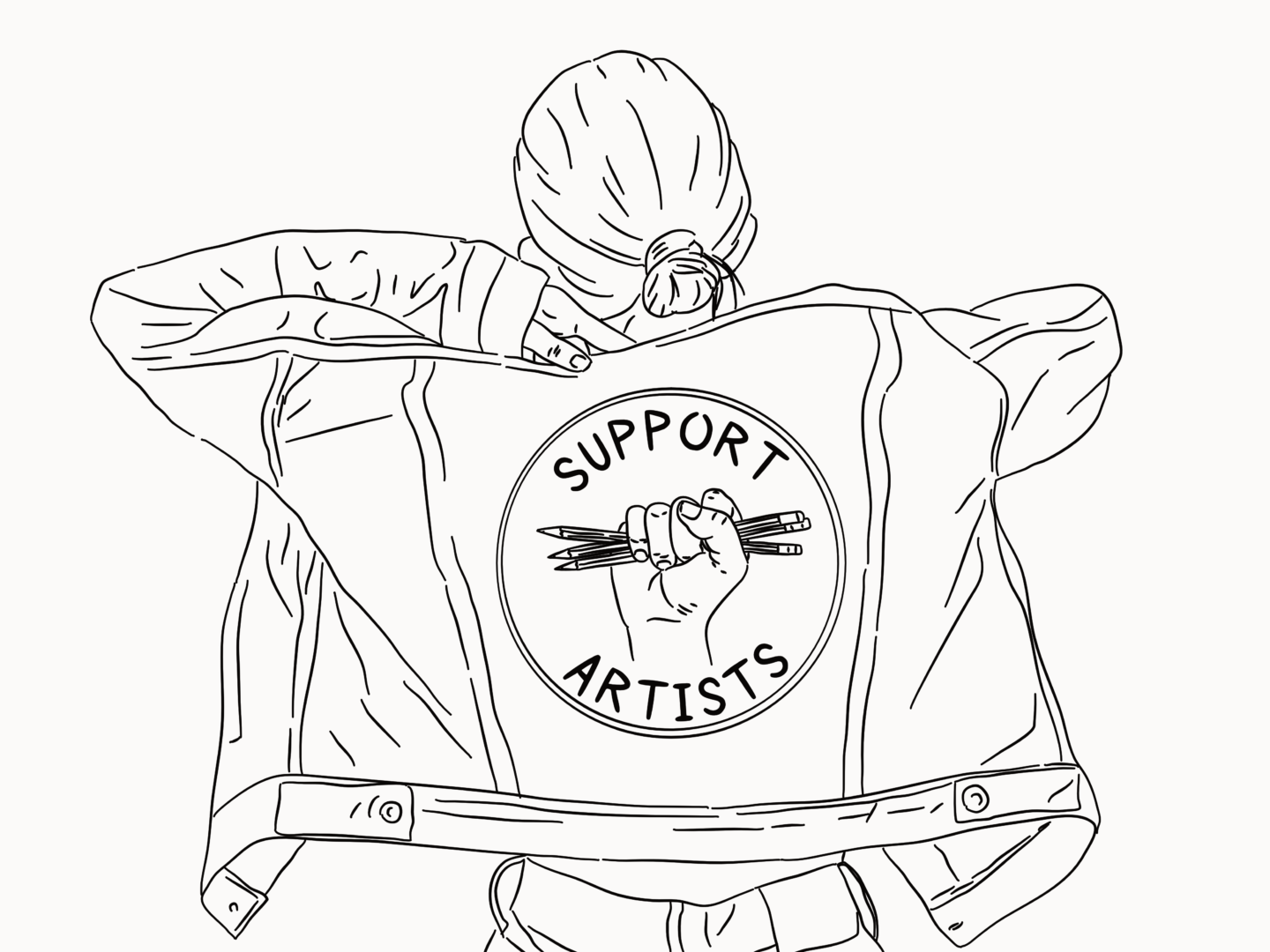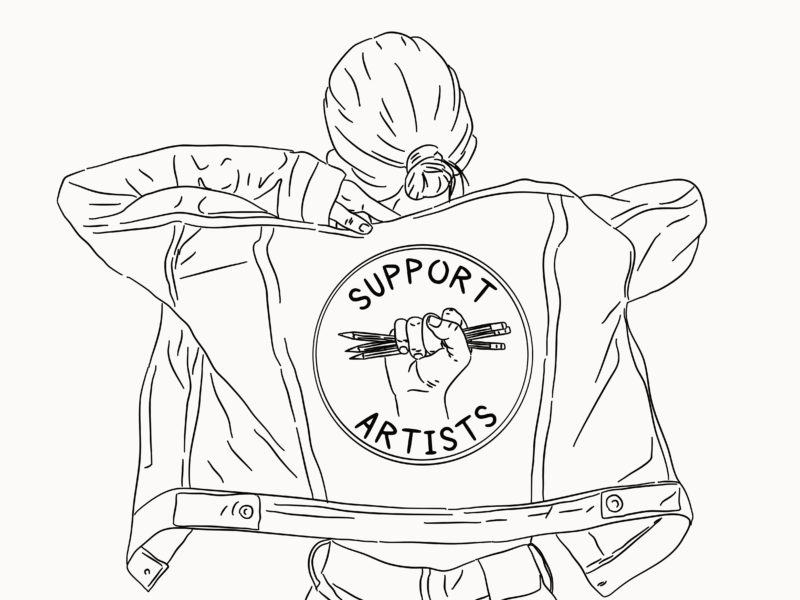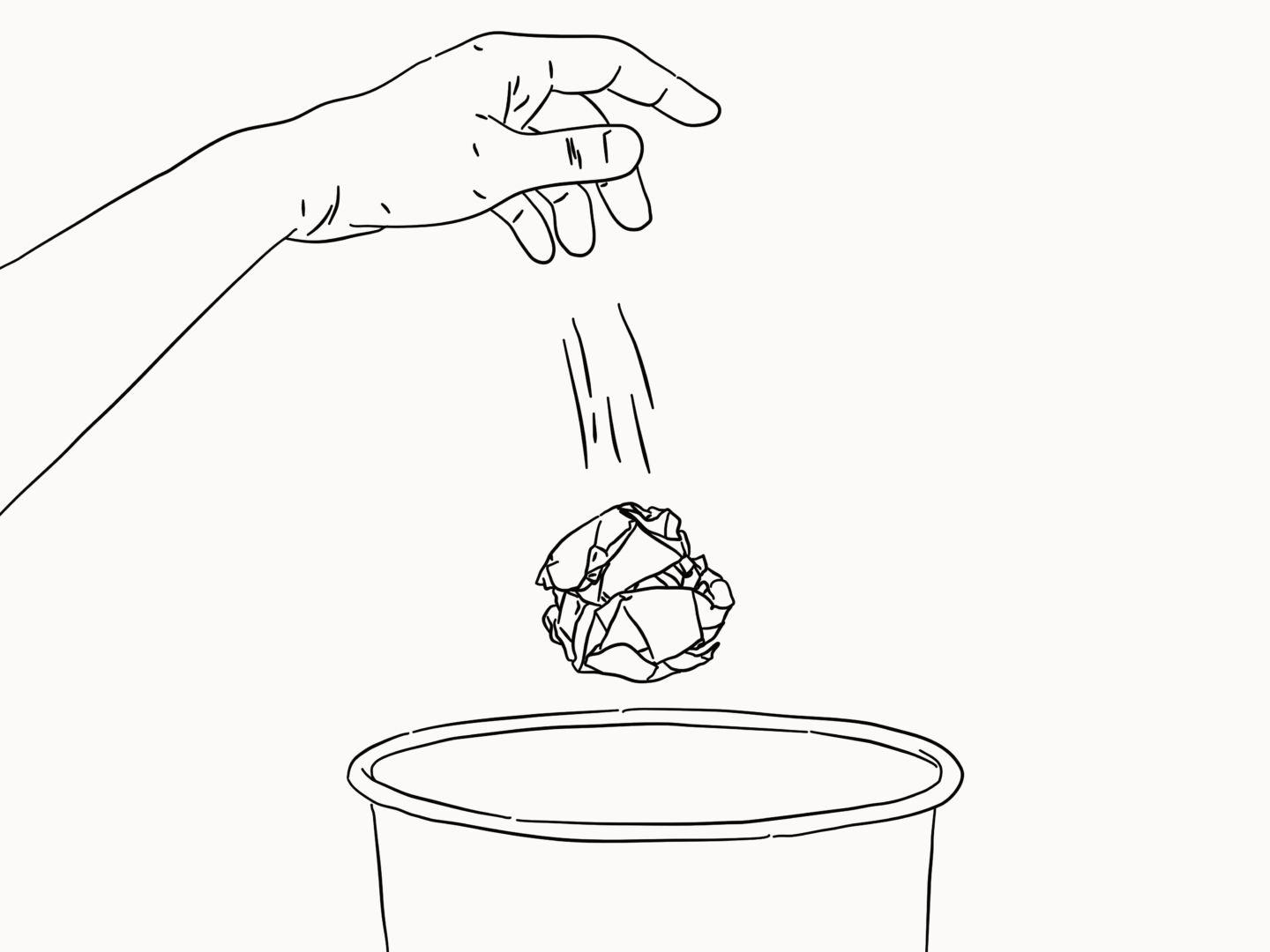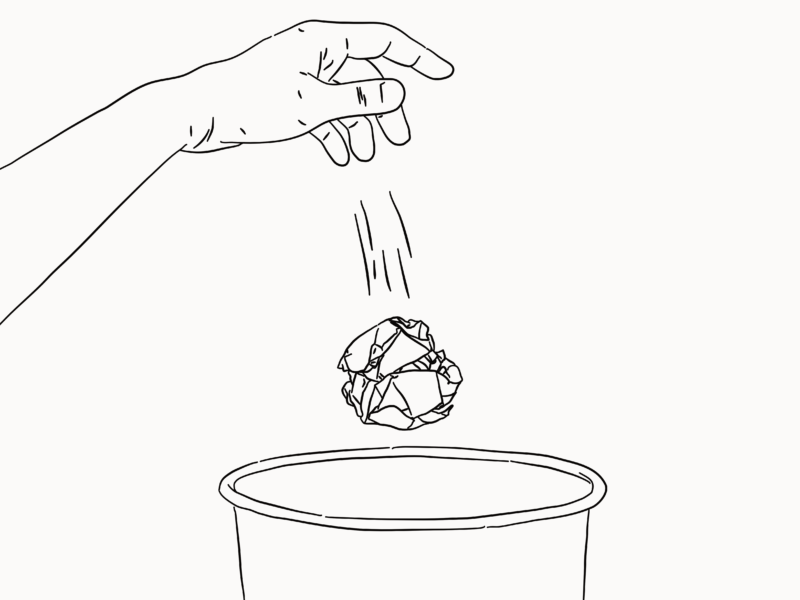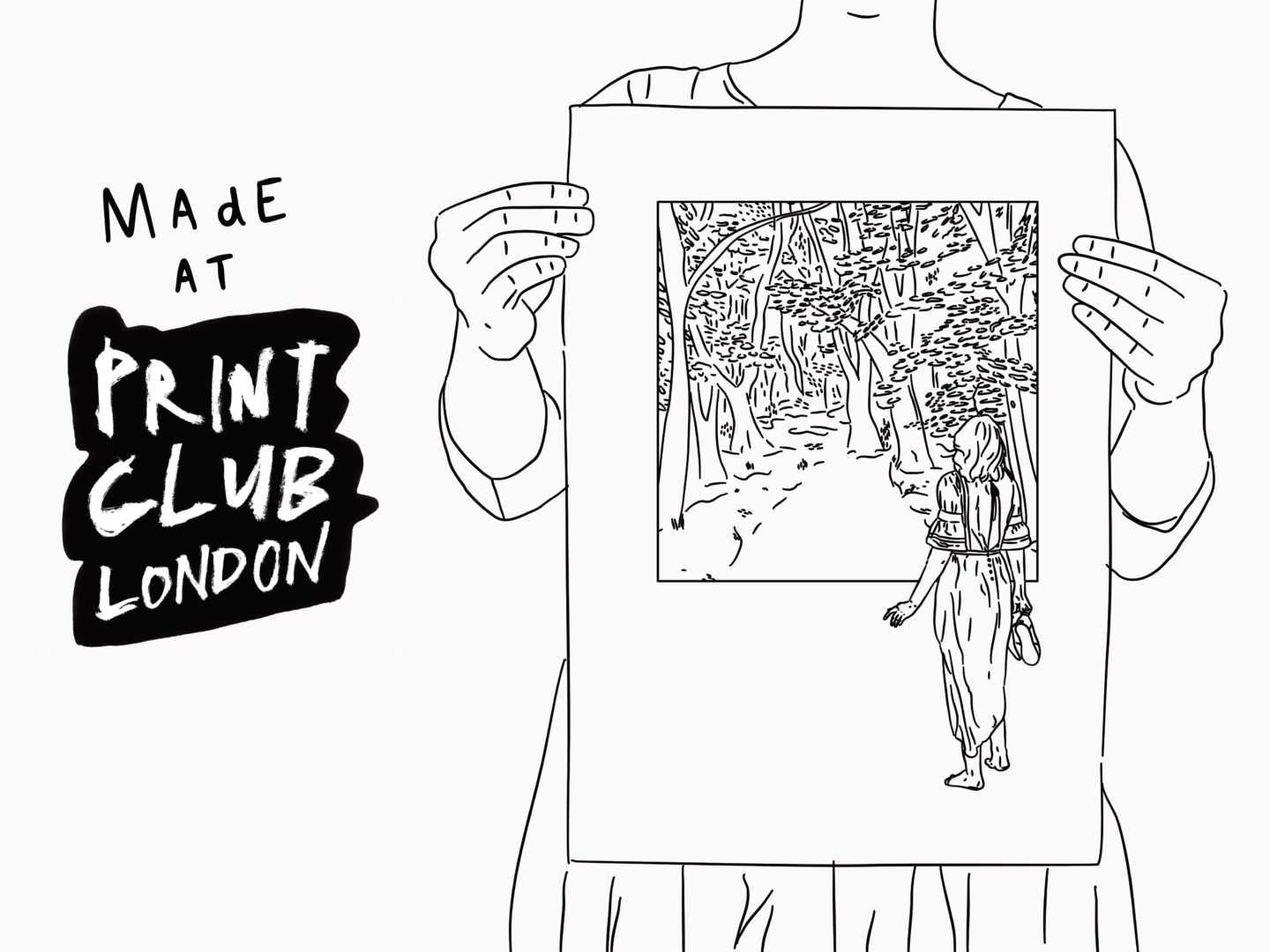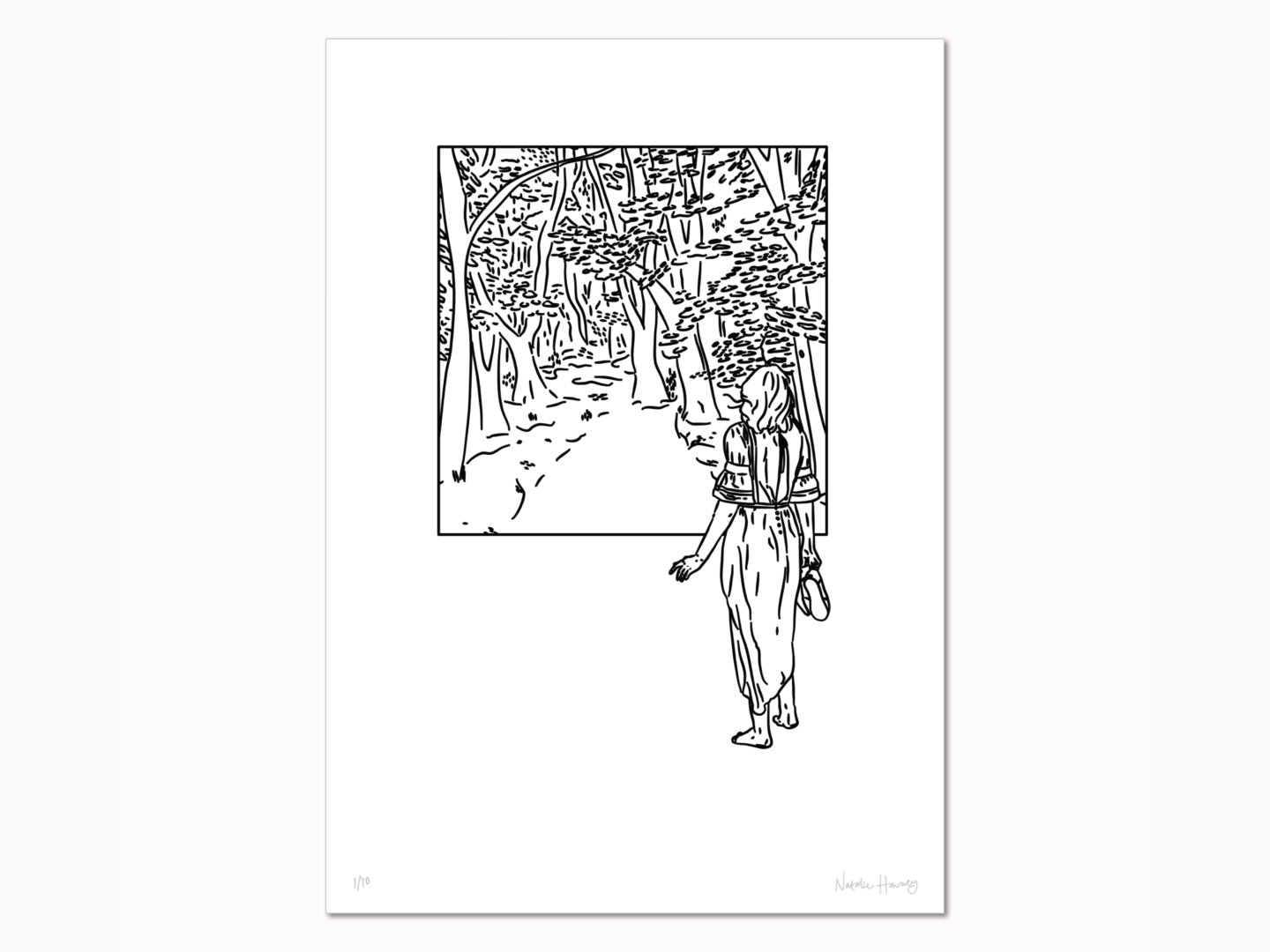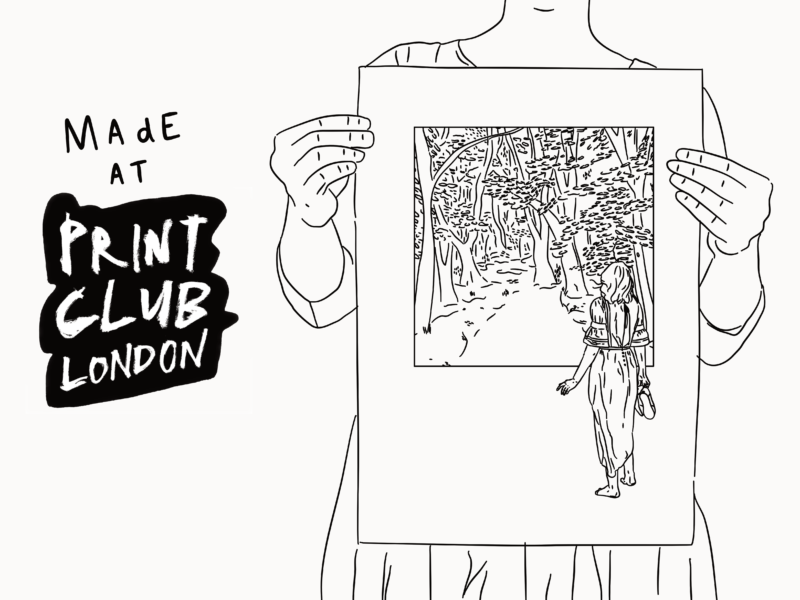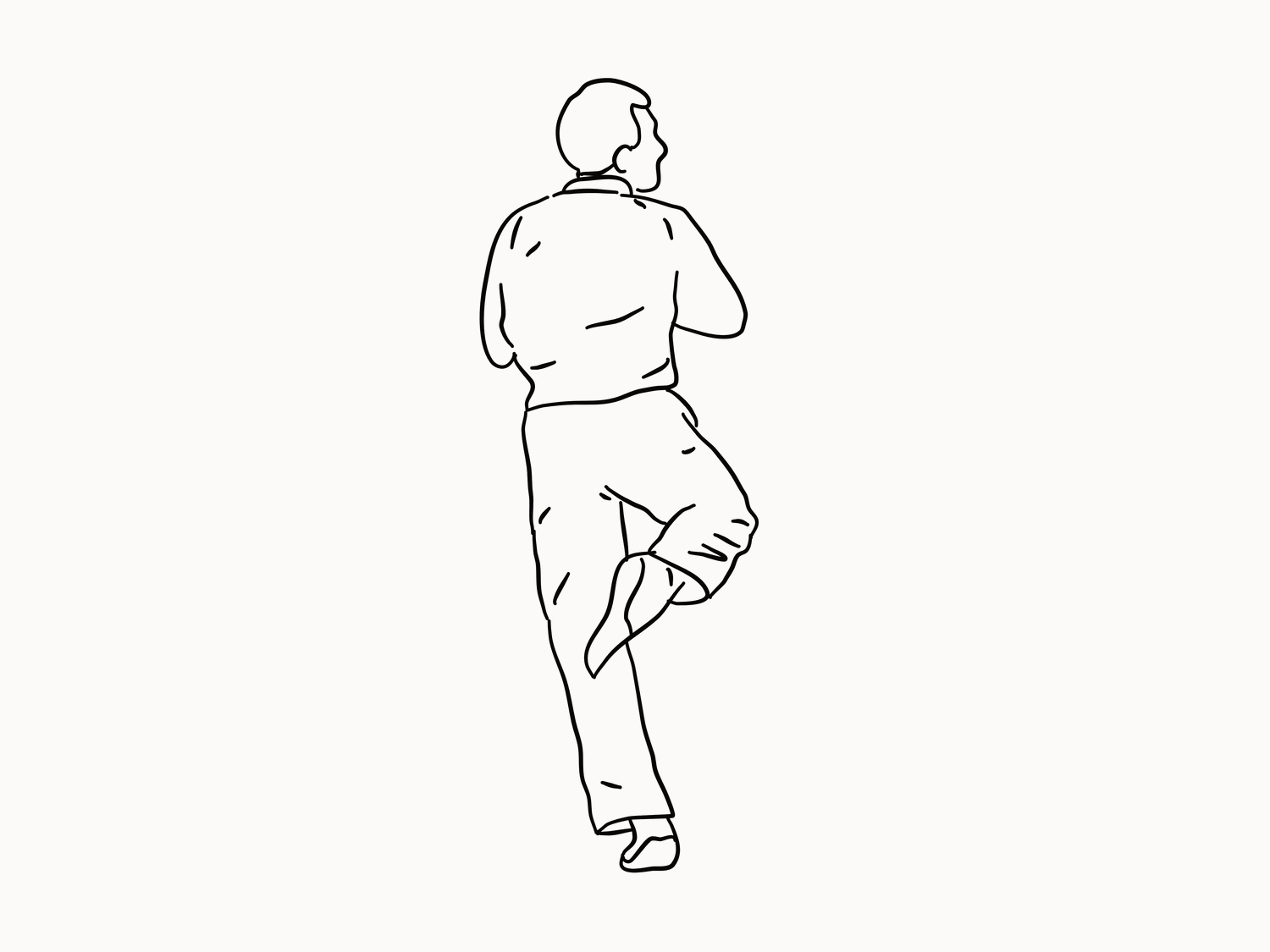We’re already done with 1/4 of the year, which is pretty surreal. I swear the years go by faster and faster each time. But before we whizz into April, I’m taking a moment to stop, reflect and share with you a few of the best things I’ve read and seen in March.
SHORT READS, IF YOU’VE ONLY GOT A FEW MINUTES:
1. Daisy Buchanan on Being Your Own Boss
While I’m only my own boss some of the time I really enjoyed this from Daisy Buchanan via The Pool on why being your own boss is exciting and empowering. But it’s much harder to admit that it can be frustrating and lonely, too.
2. The Next Big Design Trend is the Opposite of Whatever’s Happening Right Now
I think we all know that trends come and go in waves and cycles. So the next big design trend is always the opposite of whatever’s happening now. Does that mean we’re about to start to see a move away from millennial minimalism?
3. Intensity vs. Consistency
I think Tina Roth Eisenberg’s words say it all here “Love Simon Sinek‘s words here, but man, Jocie Juritz’s animations made it so much more powerful. Mad respect for both.”
4. Shitty Work
This month I went to a Design Thinking Bootcamp where there was a lot of focus on learning not to be afraid to fail as one of the key elements in making great work. This lovely little piece by Alex Mathers on shitty work gets you in the right frame of mind just to make without fear.
LONG READS, IF YOU WANT SOMETHING TO GET YOUR TEETH STUCK INTO:
1. G-IRL: Joey Yu
I love all of the G-IRL interviews (for reals go check them out if you haven’t already), this one with illustrator Joey Yu is particularly powerful and colourful. Read if you want to hear Joey’s thoughts on why it’s possible to create your own opportunities by believing in yourself and being persistent.
2. Zadie Smith: Dance Letters for Writers
“The connection between writing and dancing has been much on my mind recently: it’s a channel I want to keep open. It feels a little neglected — compared to, say, the relationship between music and prose — maybe because there is something counter-intuitive about it. But for me the two forms are close to each other: I feel dance has something to tell me about what I do.” Zadie Smith’s words on the links between dance and writing are not only wonderfully crafted they’re also moving whether you’re a writer or not – I think the parallels in the joy of movement and creation speak to all.
3. A New Bible for Bike Lanes
I’m fascinated by how the way we move in the world around us is ultimately always influenced by a design decision. This long read on bike lanes is a great insight into the importance of codifying and pushing those design decisions in order to create change in our cities. It also made me want to get back out on my bike, which is currently gathering dust in my “office”.
WHO TO FOLLOW, IF YOU WANT TO SPRUCE UP YOUR INSTAGRAM FEED:
@broobs.psd
Ruben Marquez is a new follow for me, thanks to the wonder that is Design*Sponge. I love the joy and colour in his photographic collages. He’s got me thinking about exciting ways I can refresh compositions and the joy of my secondary school sketchbooks. They’re perfect for welcoming in spring and powering the protesting spirit which seems to be continuing through this year.
@ana_godis
I don’t usually watch a lot of videos on Instagram but recently I’ve been obsessively watching Ana Godis’ timelapses of her work coming together. There’s just something so soothing about watching someone paint, even if it’s digitally. Ana’s are particularly watchable because of the way she uses layers of colour to create her portraits.
@helcovell
I wanted to share Hel Covell’s work with you this week because her book Jumble Wood was just published by Flying Eye and it looks magical. I love how whimsical and fun Hel’s drawings are they always leave me in a happier place after seeing them, and Jumble Wood is a book I would have wanted (and still do really want) to have on my shelf when I was little.
@accidentallywesanderson
So this is a non-illustration social favourite, but I’ve really been loving Accidentally Wes Anderson’s account recently. It’s filled with scenes so symmetrical or wonderful they could be in a Wes Anderson movie. It’s the perfect soothing escape, especially if like me you can’t wait for Isle of Dogs to land in cinemas.

